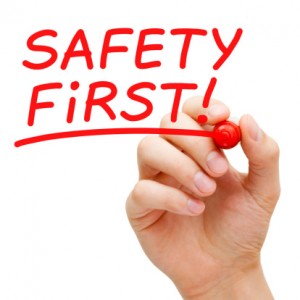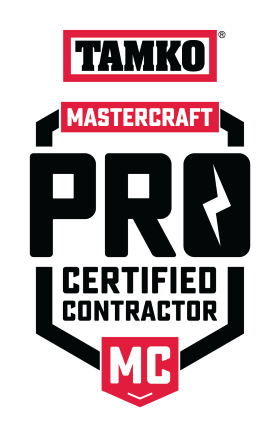Construction sites are naturally dangerous places. Working on top of buildings, on ladders, and with heavy equipment and materials make for a workplace where safety has to be a main priority. OSHA and many states require written safety plans for certain workplace activities. Here are the basics elements you should include when writing a construction safety plan.
Basics of a Safety Plan
- Goals Statement: This should be a detailed statement of how exactly your company plans to avoid accidents and how you plan to respond when they happen. It’s a good idea to keep your goals manageable while also challenging your team to increase their safety standards.
- List Responsibilities: Make sure each person’s responsibilities are clearly stated so that there is no confusion of every person’s role not just during an emergency, but in helping prevent accidents.
- Identify Hazards: Clearly identify all known hazards in your workplace. This will help your employees know what the most dangerous aspects of a jobsite are and protect themselves accordingly.
- Hazard Controls and Safe Practices:It’s always good to have guidelines on how to deal with hazard controls and suggestions for staying safe in different situations. Having the company’s safe practices available for employees helps them understand what their employers expect of them.
- Emergency Response: A good emergency response plan can make all of the difference during an accident. Having every step planned out ahead of time and available to your employees will improve emergency response.
- Employee Training: Be sure to have a section detailing the training each employee is required to have. This will help your employees understand what type of training they can expect to be required to complete.
- Record Keeping: Proper record keeping is vital to improving your safety standards and learning from accidents. It will also help when it comes time to file an insurance claim.
Topper Construction Values Workplace Safety
At Topper Construction, we take safety very seriously. The well-being of our employees and sub-contractors takes priority over everything else. We recognize that the work we do is extremely dangerous and under constant scrutiny from our customers and regulatory agencies, so we go to a great deal of effort and expense in the name of safety. We engage a third-party construction safety consultant to assist us in preparing materials and conducting weekly safety meetings. This consultant also conducts regular surprise on-site safety inspections.






